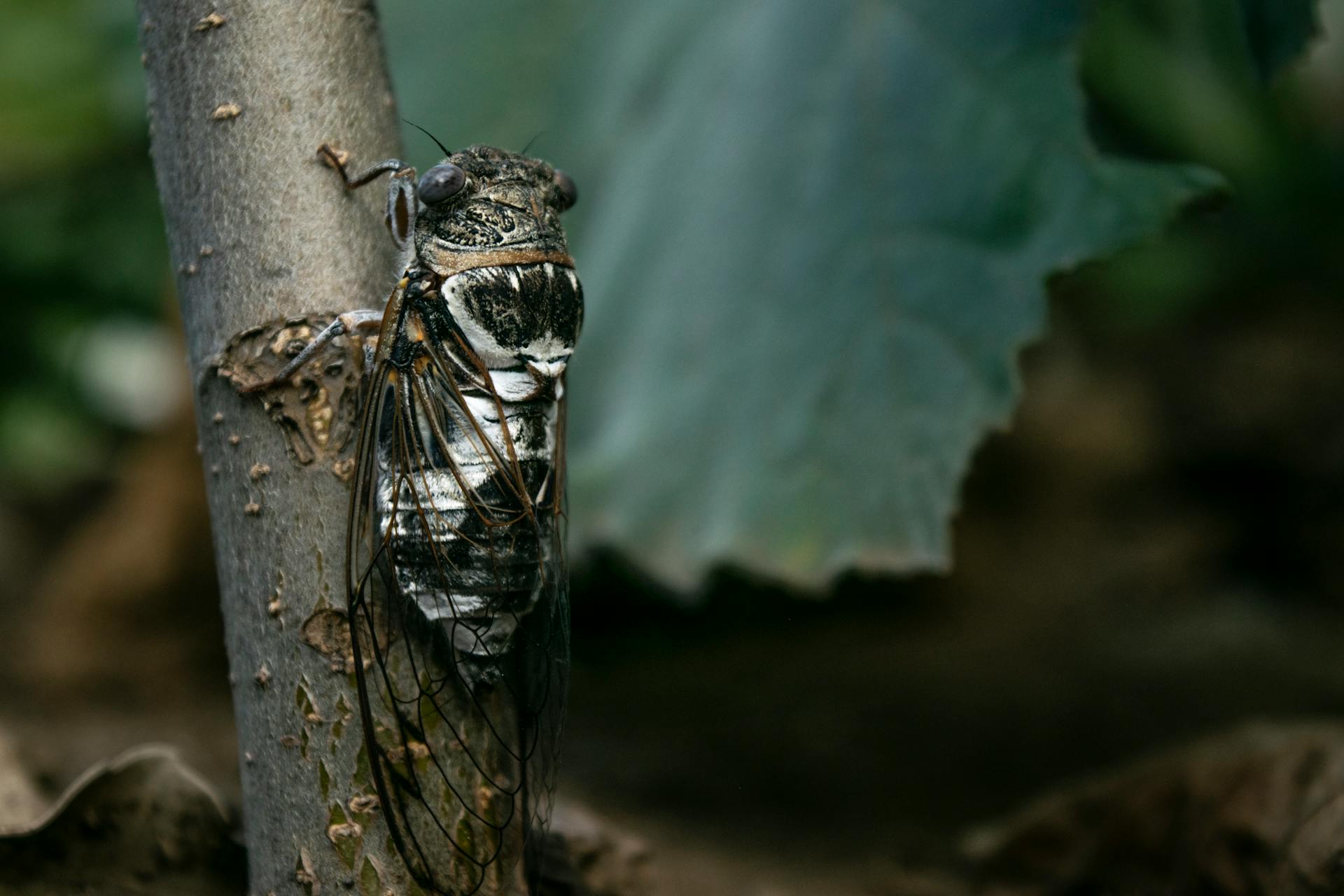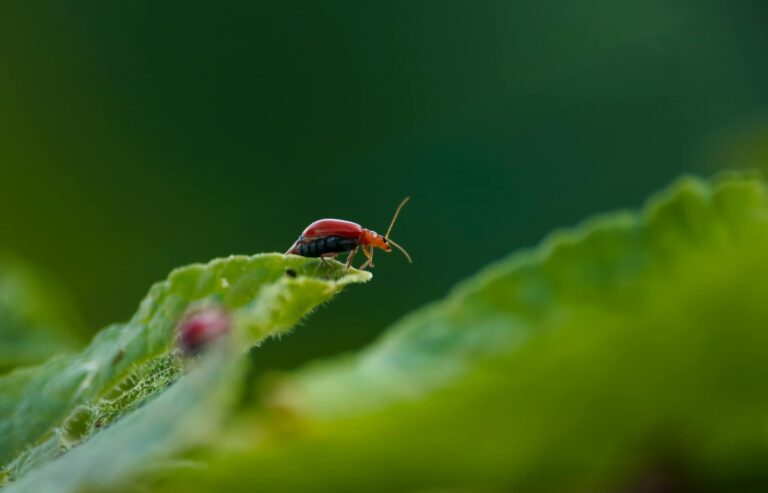A rare event is expected to happen earlier than usual this year in Central Illinois, billions of cicadas from a joint group of 13year and 17year species might surface before mid-May.
Soil Temperatures Signal Early Arrival
Connor Ross, an interpretive naturalist at the Urbana Park District, has been monitoring soil temperatures closely. These temperatures are around 54 degrees Fahrenheit presently. “As it gets warmer, the soil temperature will rise, and we could see the cicadas emerge sooner,” said Ross. With forecasts indicating higher temperatures next week, there’s a good chance these insects will appear early.
Landscaping Concerns and Protective Measures
The upcoming emergence of the cicadas has brought up concerns regarding landscaping. Many young trees and shrubs are at risk due to female cicadas. They carve grooves in tender bark to deposit their eggs, explains Ross, emphasizing the threat to garden landscapes. Local gardeners like Larry Atherton have taken preventive measures by placing nets around their trees and bushes to prevent cicada infestation. Atherton mentioned, “We’ve been researching a lot about this and started using nets to protect our plants.”
Gardening Tips and Timing
If you’re planning new gardening projects, Ross suggests delaying until the end of June when the cicadas have emerged and then disappeared. The Urbana Park District also suggests using protective barrier tape as a defense against damage from cicadas.
The Sound and Fury of Cicadas
Jill Louderman from the Field Museum’s Insect Division described the noise during a cicada outbreak, “The sound is overwhelming. It’s akin to 100 chainsaws operating simultaneously.”
This noise is produced by the males, who rattle their drum like tymbals against their abdomens to attract females.
A Historical Convergence
This year marks a significant event in the timeline. “For the first time in 221 years, both the 13 and the 17-year cicadas will both emerge in Illinois at the same time,” Louderman highlighted. This simultaneous emergence will create a unique crossover zone north of Champaign and Springfield.
Lifecycle and Mystery
Cicadas spend most of their life underground, feeding on tree roots. “They show up for about three to four weeks and then about 10 days later, they’re almost all gone,” Louderman said. Despite their predictable patterns, cicadas continue to puzzle scientists. “It appears to be an evolutionary benefit for them to appear in such large numbers that even if predators attack, it won’t significantly impact the population,” Maureen Turcatel, a taxonomist at the Field Museum.
Early Signs and Preparations
Even though we expected the cicadas to emerge at a regular time, there are already early signs of their arrival. “Cicada larva tracks and emergence holes have been spotted,” reports Jennifer Brennan, an expert in horticulture. These signs suggest that some cicadas are appearing earlier than the main swarm.
Community Responses and Anticipation
The local community is bracing itself for an event now being called “cicada-geddon.” Teams from local pest control companies such as R.B. Pest Control, managed by Robiar Smith, are ready to help residents deal with any overwhelming cicada issues. “By trimming landscaping and shrubs very short, we can better control the situation,” recommends Smith.
The Scientific Fascination and Final Thoughts
The emergence of cicadas continues to be a topic that intrigues and worries people alike. “It feels like discovering an alien species right beneath our soil,” commented Saad Bhamla, a scientist fascinated by this natural event, Professor at Georgia Tech School of Engineering. The simultaneous arrival of the cicada broods, an event not seen since 1803, is extremely significant. Michael Raupp, an entomologist from the of Maryland, shared excitement, “I’m captivated by everything about this. Such an event occurs only once every 221 years.”
What to Expect in Terms of Noise
When the soil temperature hits 64 degrees, typically from mid-May to early June, people in Illinois should be ready for much louder surroundings. May Berenbaum, a professor at the University of Illinois, forecasts that the sounds from the cicadas could be as loud as 90 to 100 decibels, this is on par with the noise from subways or heavy machinery. This sound level is expected to be both overpowering and memorable.
Looking Ahead, The Brief Yet Intense Season
As we await what some are calling a cicada invasion, it’s crucial to keep in mind that while this natural occurrence will be brief, it promises to be intense.
Cicadas live underground for years and then surface for about a month. During this time, they mate and lay eggs before dying. This short span is for the survival of their species.
Preparation Resilience
As cicadas get ready to emerge in Central Illinois, residents are reminded of nature’s toughness and the need for readiness. People might need to protect their gardens or prepare for lots of noise. Understanding and respecting these creatures’ lifecycle helps everyone live peacefully with the cicada emergence.
In conclusion, as weather gets warmer and soil heats up, Central Illinois is about to witness an incredible natural event. Billions of cicadas will soon create a loud but fascinating chorus that highlights the impeccable timing and persistence of nature.











+ There are no comments
Add yours